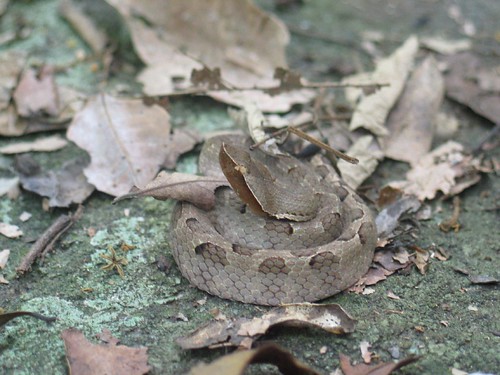Continued from (Part 1) (Part 2)
I woke up bright and early to take some landscapes from our campsite. Unfortunately the sun didn't have the same idea and it was a decidedly overcast and damp day that I woke up to. While the rest of the camp slumbered I wandered down to the river, camera in hand and amused myself by stopping my aperture down as much as possible and taking some long exposures.
Sleeping camp; Gal Oya river at dawn
Once enough people had woken up to provide some sort of rescue service in case of wild animal attack I wandered out of camp for some ablutions and then met up with everyone else for a morning river bath. Dry zone notwithstanding the Gal Oya is pretty damn cold early in the morning and rain appeared to be in the air.
Following a late breakfast we powwowed as to what to do, finally deciding on a small walk to Makara, about a click from the camp site to where the river exits into the mighty Senanayake Samudra. A friend of mine (whom I have no reason to disbelieve) told me that the site was called Makara (i.e. dragon) because the water coming out of the rocks at certain times of the year looks like it’s coming out of the mouth of a dragon.
The initial part of the hike was through some beautiful forest, ethereally lit by the sunlight filtering through the canopy to dapple the litter strewn floor. The tracker rather sternly told us that if he told us not to move, to please follow his instructions in order to avoid having a bear tear our heads off. He then promptly forgot that there were two small kids in our group and was miles ahead of us during the whole hike, which was again...a bit disconcerting. As we clambered through the dark gallery forest, roots twisting blackly across our path amongst the tumbled rocks, the forest was eerily quiet. No bird life was apparent due to the overcast conditions, just armies of insects marching their way through silently, occasionally taking a detour over us.

 Through the forest; Over streams
Through the forest; Over streams
A light gradually filtered through the forest and we could see a bright break ahead of us through the all encompassing foliage. We emerged out of the forest and stepped out onto some rocks by the border of the river, blinking and trying to adjust to the light. Vast sandbanks petered down to the muddy water as we watched a juvenile white bellied sea eagle fly into the jungle. This was the Makara area but as the river was pretty high it was just water flowing over rocks as opposed to under them.
 Makara rocks amidst the river
Makara rocks amidst the river
Apparently during the dry season a stadium of sand forms where you can camp and then walk to the Senanayake Samudra to see elephants. The landscape was still quite beautiful if a bit imposing, the brown river snaking through gigantic boulders while we walked precariously close to the edge. A slip and roll down the sandbank and the only option I could see of getting back onto land was swimming into the reservoir and to the bank. A prospect I looked upon somewhat dimly due to both the unfriendly nature of the river and the definite presence of crocodiles of an indeterminate size and disposition in it.
 The lazy tracker
The lazy tracker
It was then that it started to drizzle and half the group (rather wisely headed back). We of course voted to keep heading out crossing some treacherous sand dunes and slippery rocks. We finally came to a point where it became impossible in the wet blustery conditions to continue without breaking at least a few bones. There we soaked for a bit, huddling into some rocks, trying to wait out the rain and then once the rain seemed to lighten started heading back. The incessant rain had made the walk back even more treacherous and small streams we had hopped across were now mini rapids. We amused ourselves on the way back by falling down a couple of inclines where the soft earth had turned into gooey mud, all the while acutely conscious of what the damp maybe doing to our camera equipment.
Stumbling back into camp, soaked (having disturbing visions of a puddle of water in my camera bag soaking everything) to the bone we hastily unloaded and started drying off. Thankfully some t-shirts in my bag had managed to soak much of the water but our tents hadn't been so lucky, having leaked rather extravagantly.
 Sheltering from the rain
Sheltering from the rain
After cleaning up our camera gear and drying the tent to the best of our abilities we decided to clean ourselves off by jumping into the river. We noted with some interest that the water had increased in level as the rain continued to pour down, where the water had been gushing over the rocks, it was now more of a cataract, white flecked and angry brown.
















































